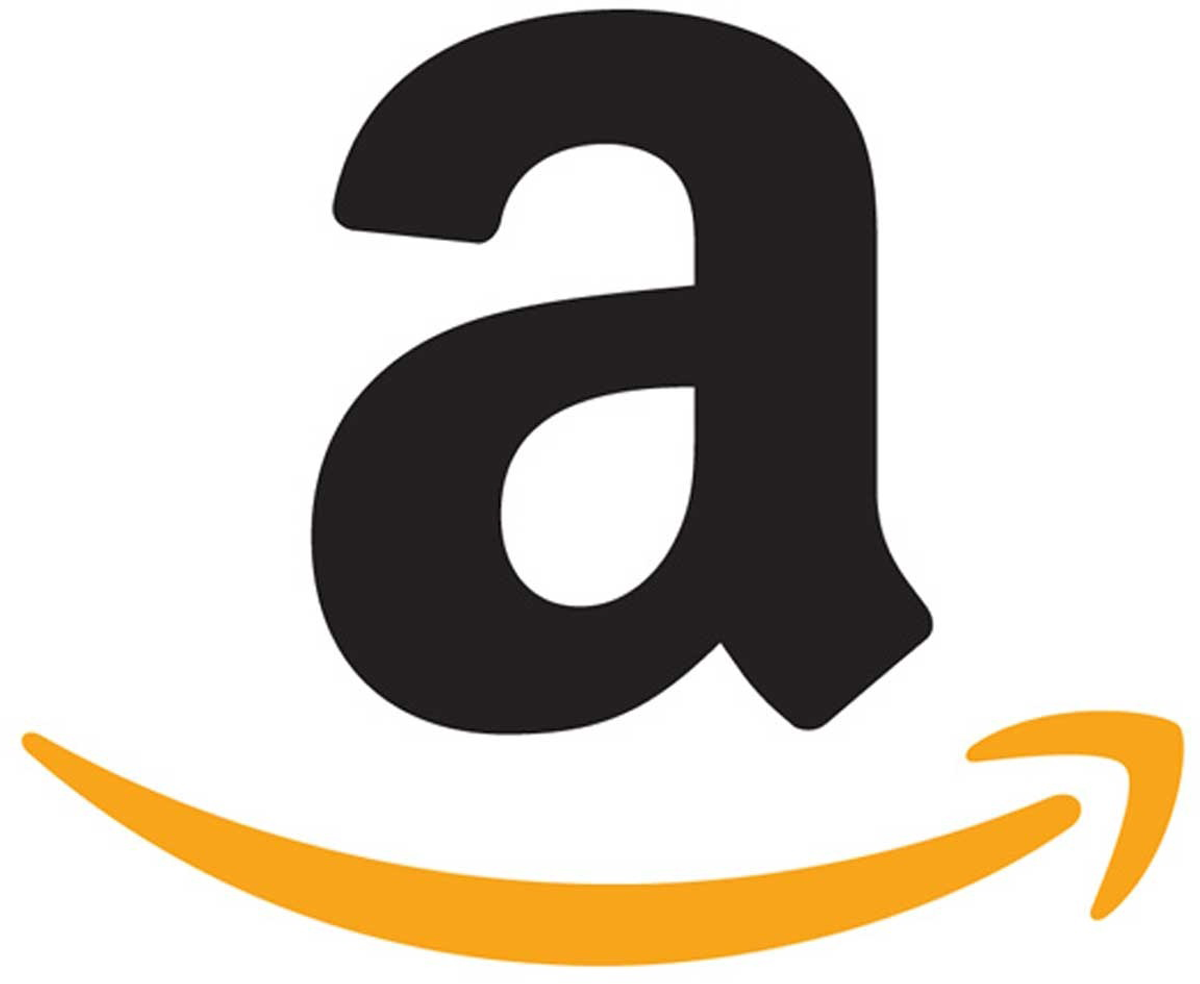Customer loyalty is the most important factor for today’s business success.
By showing customers you really value them, you can increase retention and boost sales and profits.
But at a time when consumer expectations are higher than ever and it’s more and more difficult to outpace and outsmart the competition (let alone deal with Amazon’s move down under), how do you foster loyalty so that you’re not left behind?
Building loyalty requires a mix of emotional and rational factors that enable you to connect and build relationships with customers across all your channels and communications.
Most companies focus on rational loyalty factors to build value for customers at each step of the buying journey. However, HBR found that the most effective way to maximise customer value is to move beyond mere customer satisfaction and connect with customers at an emotional level by tapping into their fundamental motivations and fulfilling their deep, often unspoken emotional needs.
The payoff can be huge. Emotionally connected customers are more than twice as valuable as highly satisfied customers. They buy more of your products and services, visit you more often, exhibit less price sensitivity, pay more attention to your communications, follow your advice, and recommend you more – everything you want them to do.
"So what are the emotional and rational factors you need to focus on, and how can technology help?"
Rational loyalty: ‘I’m getting value’
Despite the power of emotional drivers, rational value remains the starting point for building loyalty. You first have to meet each customer’s very logical need for price and product.
Offer the best price
Price still matters. Years of slow economic growth have made consumers less loyal and more price sensitive, and affordability is now a major driver for purchasing choices across every age group and income band. In a PWC survey, price trumped all other influencers of shopper behaviour, with 60 percent saying they chose a favourite retailer because the price was right.
Here’s how: When inventory is your biggest cost, lowering that cost lets you lower price without reducing margin. With Infinity’s inventory management system you can optimise your inventory by tracking best sellers as well as slow-moving items to ensure you’ve got the right inventory available in each channel, without carrying the cost of overstocking. And with Infinity analytics you can forecast demand and trends, and better plan inventory levels to free up capital.
Deliver anywhere, anytime
Today customers expect you to get their purchases to them when and where they prefer. They want faster and cheaper deliveries, including on-demand or same-day, sometimes with a window of delivery of only a few hours. This puts huge pressure on fulfilment to get orders turned around on a faster scale and pace than ever before.
Here’s how you can meet demand and lower cost: With Infinity’s unified commerce platform you can choose the logistics and fulfilment options that are best for customers and most profitable for you. That includes offering ‘click-and-collect’ or ‘store-to-door’. You can also offer ‘endless aisle’ fulfilment that lets your staff sell items that are out of stock at the store. The customer can order any product they want and get it delivered to the address of their choice, whether it’s their home or office, another store, warehouse-to-door or even manufacturer-to-door.
Make the most of your points programme
When it comes to loyalty programmes, points are a valuable currency. Many people like working towards a goal and will change their purchasing behaviours to accumulate and redeem points. And when individuals have accrued a currency they are much more motivated to use it, spurring repeat visits and spending a whopping 67 percent more than new customers.
Here’s how to increase that ‘currency’ for customers: Infinity Loyalty lets you easily set up a points-based loyalty programme. Frequent customers can earn points which they redeem for some type of reward, such as a credit, free product, discount or personalised experience. By viewing your customers’ purchase and browsing data, you can work out which customers are motivated by points, and which aren’t, and develop relevant rewards and promotions.
Let customers shop where, when and how they want
People now expect to shop whenever they feel like it, at any time and place, using their most convenient channel. Customer expectations have also been reshaped by the digital retail experience, with two-thirds of retailers saying they need to improve their customer experience. However, legacy technology can make moving forward difficult.
Here’s how a platform changes things: Unified commerce platforms (like Infinity) provide a hub for your channels, centralising customer and inventory data and transactions in near real time. Every channel interacts with the centralised platform so all data stays in sync across websites, apps, stores, call centres and mobile devices. The order management system is key as it provides order visibility across channels and ensures consistent and accurate stock, customer, purchase history and loyalty information in any channel.
Emotional loyalty: I feel valued
These are the experiences that put your brand top of mind before any of your competitors by making customers feel valued.
Offer delight as well as satisfaction
Loyalty programmes and purchase histories can tell you the products an individual customer buys, how often they buy and when they buy. That lets you identify complementary products or services which can be turned into unexpected advice that customers may not have thought of themselves. However, many retailers fail to take advantage of this information to create meaningful experiences that genuinely surprise and delight their loyal customers.
Here’s how you can do it: Infinity’s analytics capability includes sophisticated recommendation algorithms that identify opportunities to create customer experiences that directly drive increased emotional connection and, as a result, greater customer value and financial returns. If you’re a fashion retailer, for instance, you can invite loyal customers to a VIP launch of a brand’s new season based on past purchases of that brand. Wine shops can host events for connoisseurs: “Because you’ve purchased Central Otago Pinot Noir in the past, I’d like to invite you to a tasting of special wines from Burgundy.”
Good analytics can even provide answers to latent customer concerns, whether voiced or not. Air New Zealand’s app lets users book flights, check in or view their Airpoints. But the one feature that has received an extraordinary amount of love from users is the ability to pre-order your coffee and pick it up in the Koru Lounge. The airline had customers arriving in the lounge without much time and needing to wait for a coffee, so asked itself ‘how could we make that easier?’
Reward your customers
Today customers interact with brands across different channels and expect to be recognised no matter whether they walk into a store or phone your call centre. Research by Accenture found that 75 percent of consumers are more likely to buy from a retailer that recognises them by name, knows their purchase history or recommends options based on past purchases.
Here’s what you can do: Implement a fully integrated loyalty programme that gives you a 360 degree view of your customers. With Infinity customer management you can develop more meaningful relationships via offers that are timely, relevant and compelling. Whether your staff or the customer enters their details in-store or online, you’ll be able to recognise them consistently and offer personalised recommendations and suggestions for products they might be interested in.
Match your in-store and digital experiences
People want physical stores to know them as well as eCommerce stores. That means stores now need to combine two worlds – the sensory, physical experience (such as touching merchandise and talking with knowledgeable staff), with the personalised experience common in the digital world. This merger can be challenging because it requires collaboration between siloed areas of the organisation.
Here’s what you can do: Infinity Unified Commerce gives you the freedom to design and implement new in-store customer service technologies and experiences that match (or even exceed) your digital offerings. Develop apps that let your customers use their mobile phones in-store to self-checkout, locate products, find their real-time order status or even interact with chatbots to gather product information or get personal recommendations. These services give stores an advantage as they add a tactile experience and human factor that is not available in a pure eCommerce environment.
How will you create value?
Creating loyal customers is critical, but the complexity and constant change can easily overwhelm you, as the numbers of channels and interactions multiply.
Build your customer loyalty by focusing on the rational and emotional connections you want to create, and investing in the systems that support and drive these connections.
When done well, experiences that seamlessly straddle both rational and emotional factors will improve sales and retention and make your customers feel you really value them.
The Infinity Unified Commerce Platform














